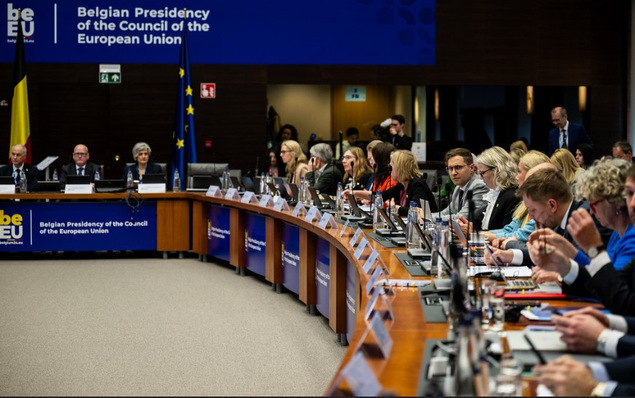Mainly due to some large hydropower plants as well as wind power, electricity in Portugal already comes mainly from renewable sources. The installed PV capacity is still manageable at around 1.5 gigawatts. But a lot is happening and the prospects are promising.
In its current EU Market Outlook, the industry association SolarPower Europe expects photovoltaics in Portugal to pick up speed significantly in the coming years. In a medium scenario, it forecasts an addition of 5 gigawatts by 2025 to an installed PV capacity of 6.6 gigawatts (plus 44 percent).
In addition to tenders with state-guaranteed feed-in tariffs, the main growth drivers are PPA projects - solar parks that are built without subsidies and sell their electricity on the market via multi-year supply contracts.
80 solar PPA projects with 17 GW listed
Around 80 solar PPA projects with a volume of approximately 17 gigawatts are currently listed on the platform of the Directorate General for Energy and Geology (DGEG). Among them are solar parks of the project developer Newcon Energy with a volume of 5.8 gigawatts, which are to be realized by 2030. The German company has benefited here from the fact that it has been focusing entirely on PPA projects since 2016 and that several projects were already at an advanced planning stage at the time of the network award.

Newcon Energy
CEO Rex Hajdari underlines the good framework conditions in an interview with pv Europe. "We have a very stable framework for our PPA project development in Portugal, which also gives investors a high degree of planning security," he praises. Even the tendering of projects is based on a predefined guideline with comprehensible criteria, he says.
Provision of the necessary grid capacities
A central aspect here is the provision of the necessary grid connection capacities. Each project developer receives a project-specific offer from the network operators, which includes a schedule and a price for creating the necessary network capacities. The money goes toward building new distribution substations or line reinforcement, depending on what is needed locally.
Also interesting: 31 GW record corporate PPAs in 2021
Project developers must contribute 80 to 100 euros per kilowatt of peak power to help pay for grid expansion. In Hajdari's view, this is a sensible approach, because it would already be taken into account in project calculations.
Faster grid connection and lower grid fees for consumers
Projects could also be connected to the grid more quickly in this way, and consumers would be relieved of the burden of grid fees. And in view of the high solar irradiation of up to 2,000 kilowatt hours per square meter, returns on solar projects would still be very lucrative at up to 20 percent despite this financial participation. Hajdari also sees the land structure with relatively few landowners as a further location advantage for project development in Portugal. (hcn)
Did you miss that? Axpo Iberia and Aquila Capital sign PPAs for solar portfolio in Portugal







